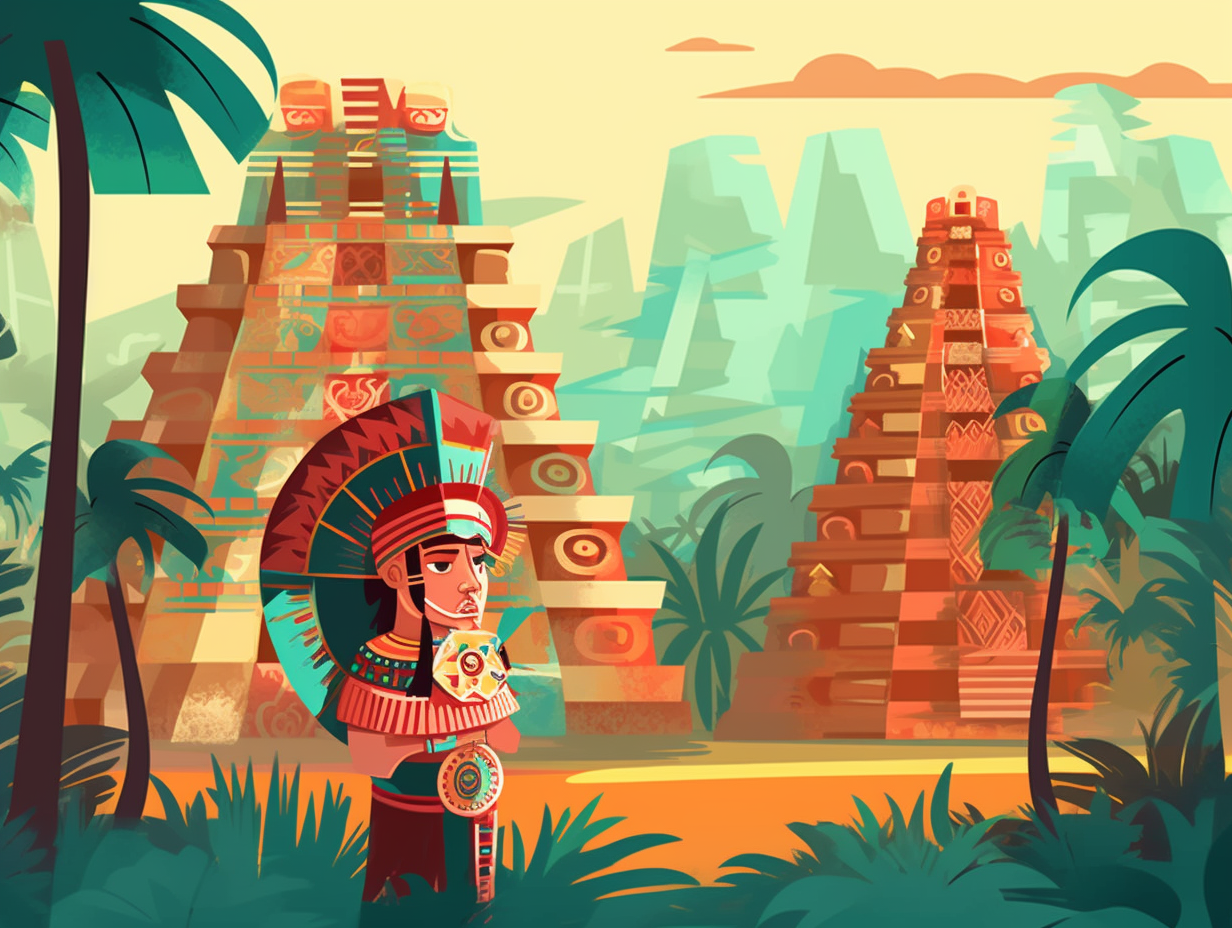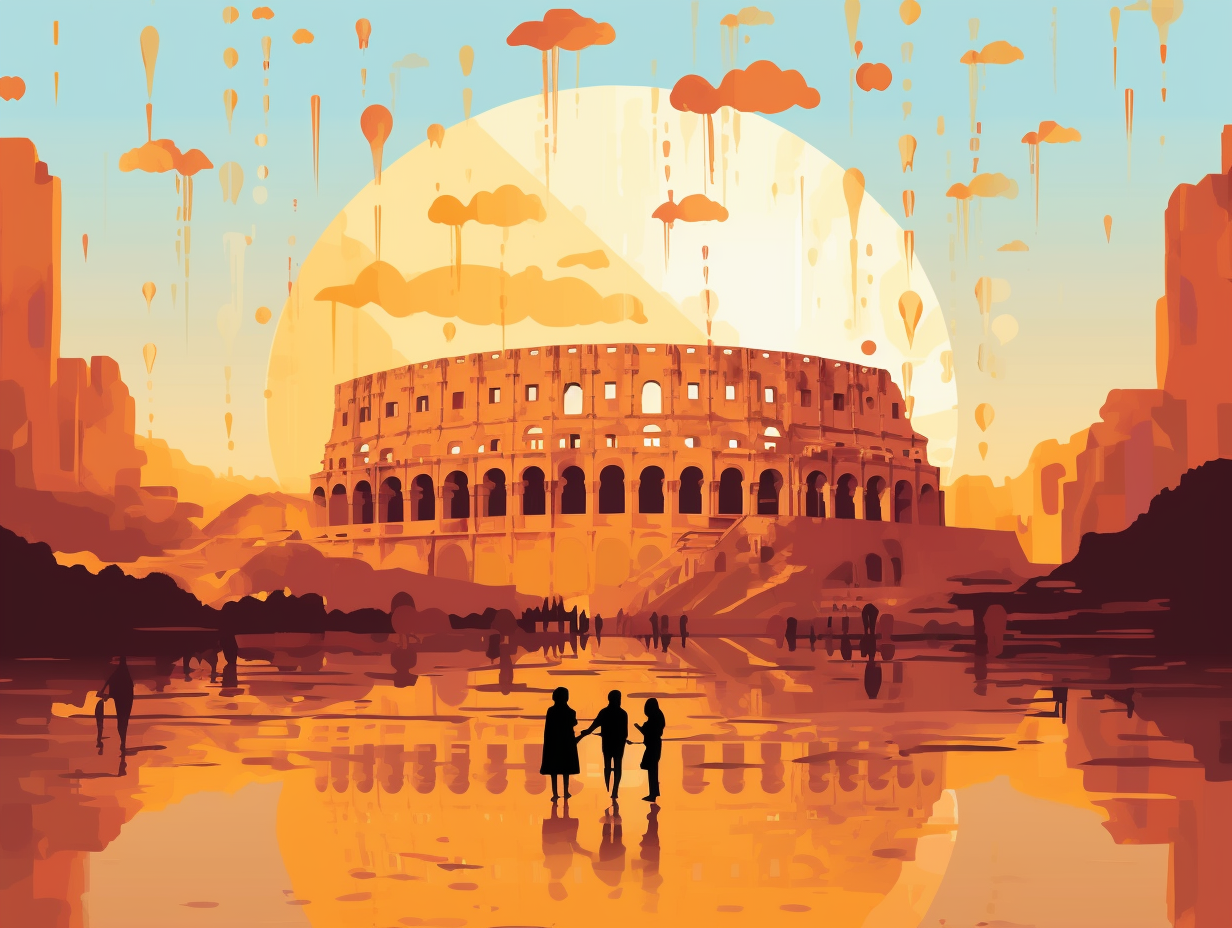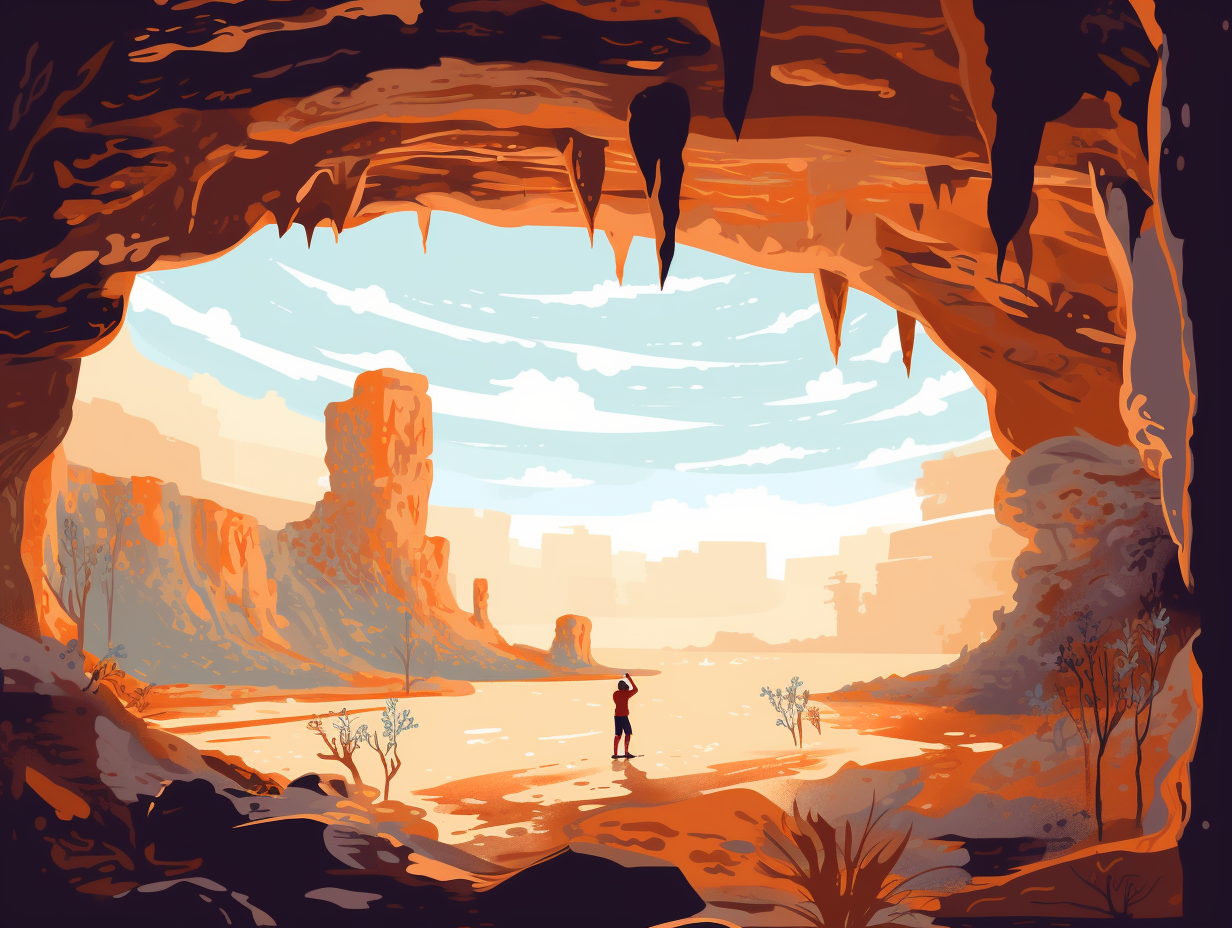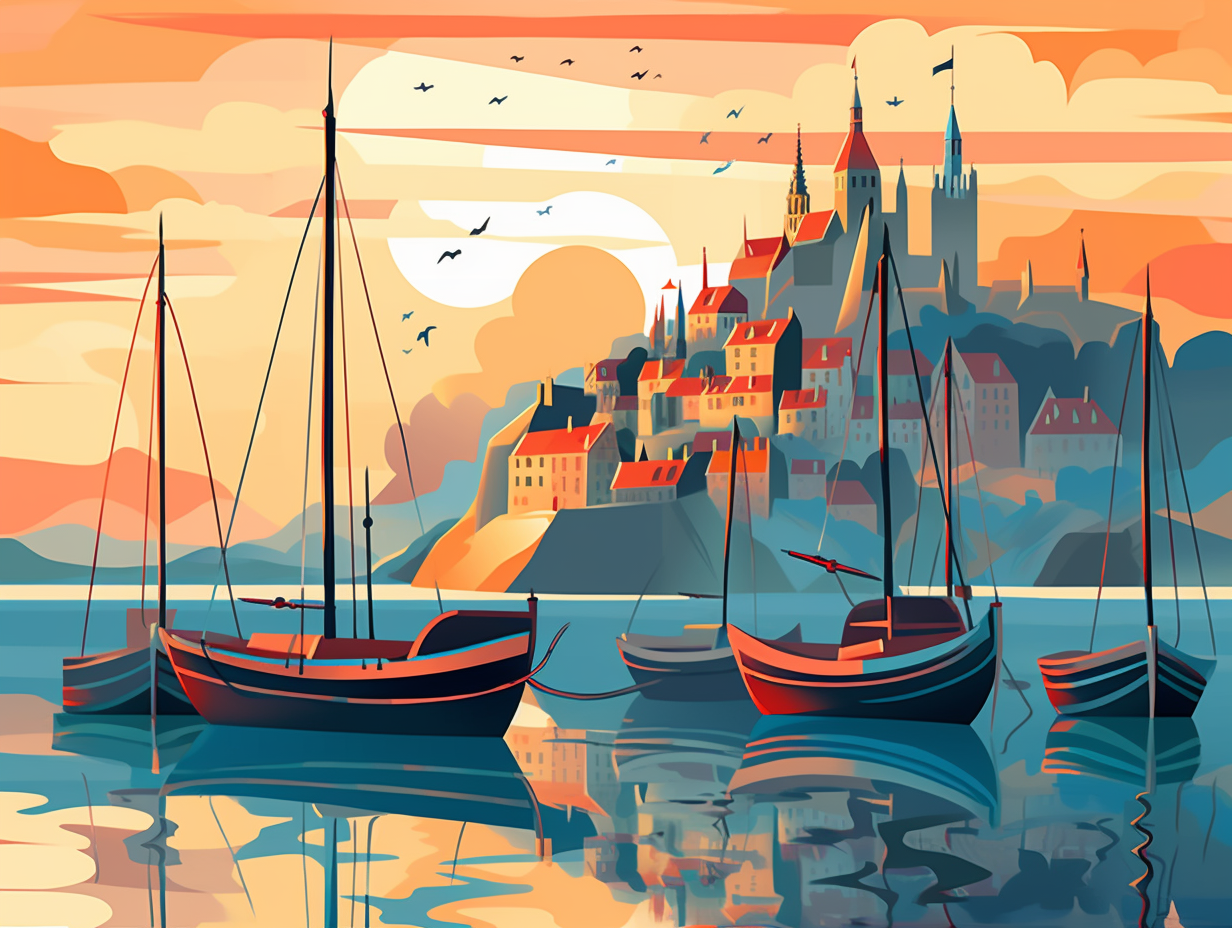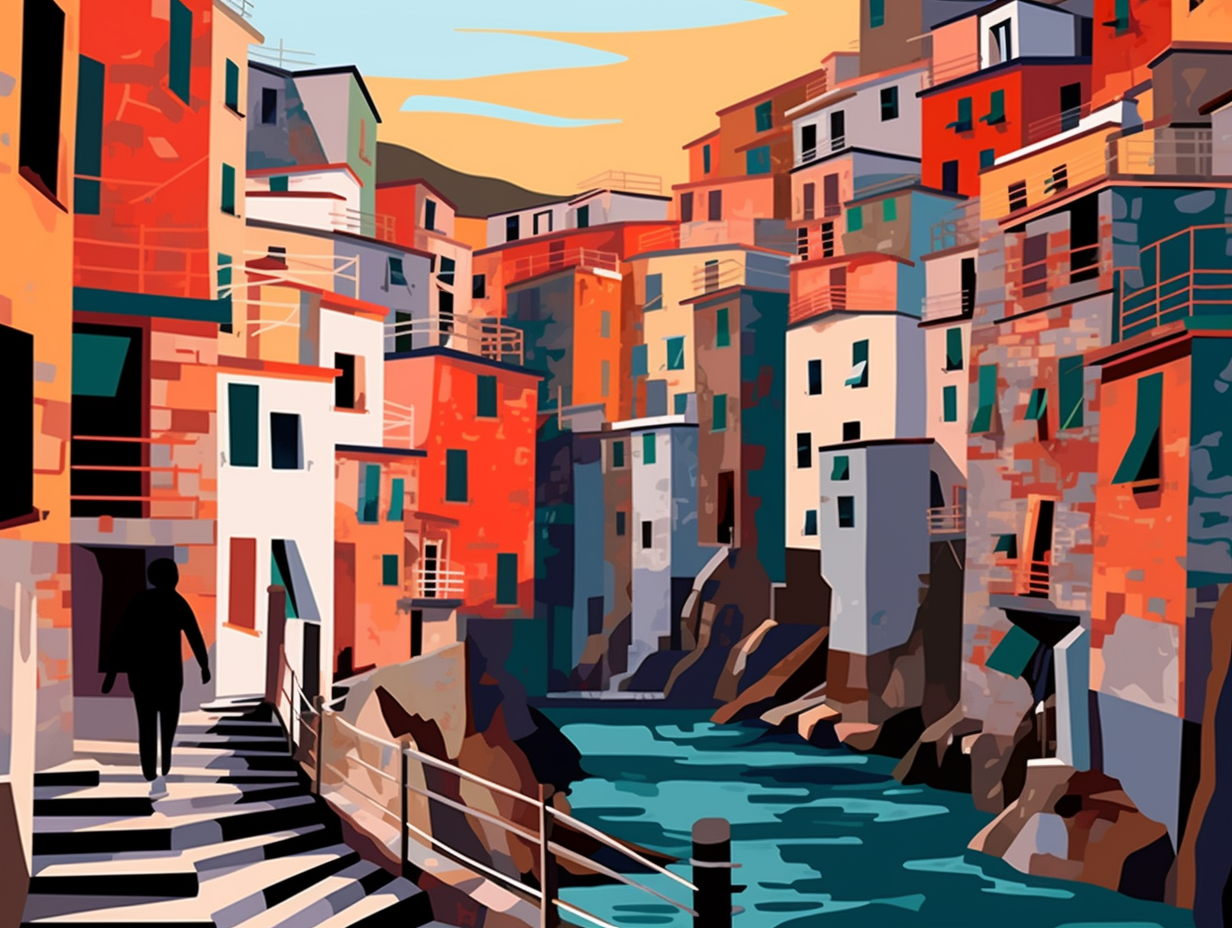Discover the Secrets: 12 Amazing Fun Facts About the Forbidden City You Never Knew

1. Dragon Overload
In the Forbidden City, dragons are more common than pigeons at a crumb convention: Over 3,500 of these fearsome beasts adorn Taihe Hall alone, including more than 590 carved into furniture, 5 wooden dragons per door, and countless others painted upon doors and windows. The Throne Room doesn't skimp on dragon decor either, featuring 19 gold-painted dragons on the throne and 79 carved into the folding screen behind it, with the ceilings showcasing 3,909 golden dragons. With such an enormous dragon population in the complex, it's no wonder they call it the Forbidden City - they're practically running the place!
Source => en.chinaculture.org
2. Tetris Challenge
If the Forbidden City were a game of Tetris, you'd definitely need more than a couple of lines to clear it: This massive architectural feat is made up of over 90 palace compounds and 98 buildings, covering an area of 961 meters by 753 meters, and was the political and ritual epicenter of China for over half a millennium, housing 24 emperors and their families during the Ming and Qing dynasties.
Source => khanacademy.org

Did you know the Taj Mahal is more than just a beautiful tomb? Discover the hidden gems within its complex, including a mosque and a guest house, all adorned with intricate semi-precious stone inlays.
=> Fun Facts about The-Taj-Mahal
3. Nail-Free (Almost) Structures
Contrary to popular belief, the Forbidden City wasn't a complete "nail-free zone" as if it had a zero-tolerance policy for any hardware shenanigans: it's true that most structures were brilliantly designed using an interlocking system without nails, allowing them to withstand earthquakes and other natural disasters; however, some parts of this ancient wonder did, in fact, use nails in their construction.
Source => travelchinaguide.com
4. Iron Man Meets His Match
Bowing before you, kind stranger, the grand Forbidden City: the ancient kingdom where even Iron Man's collection of homes would pale in comparison! Here's the reveal: housing 24 emperors across the Ming and Qing dynasties, the Forbidden City boasts over 1,000 buildings within its 720,000 square meter grounds, and holds the world's most expansive collection of ancient wooden structures - making it both a UNESCO World Heritage Site and a sensational tourist magnet.
Source => timesofindia.indiatimes.com
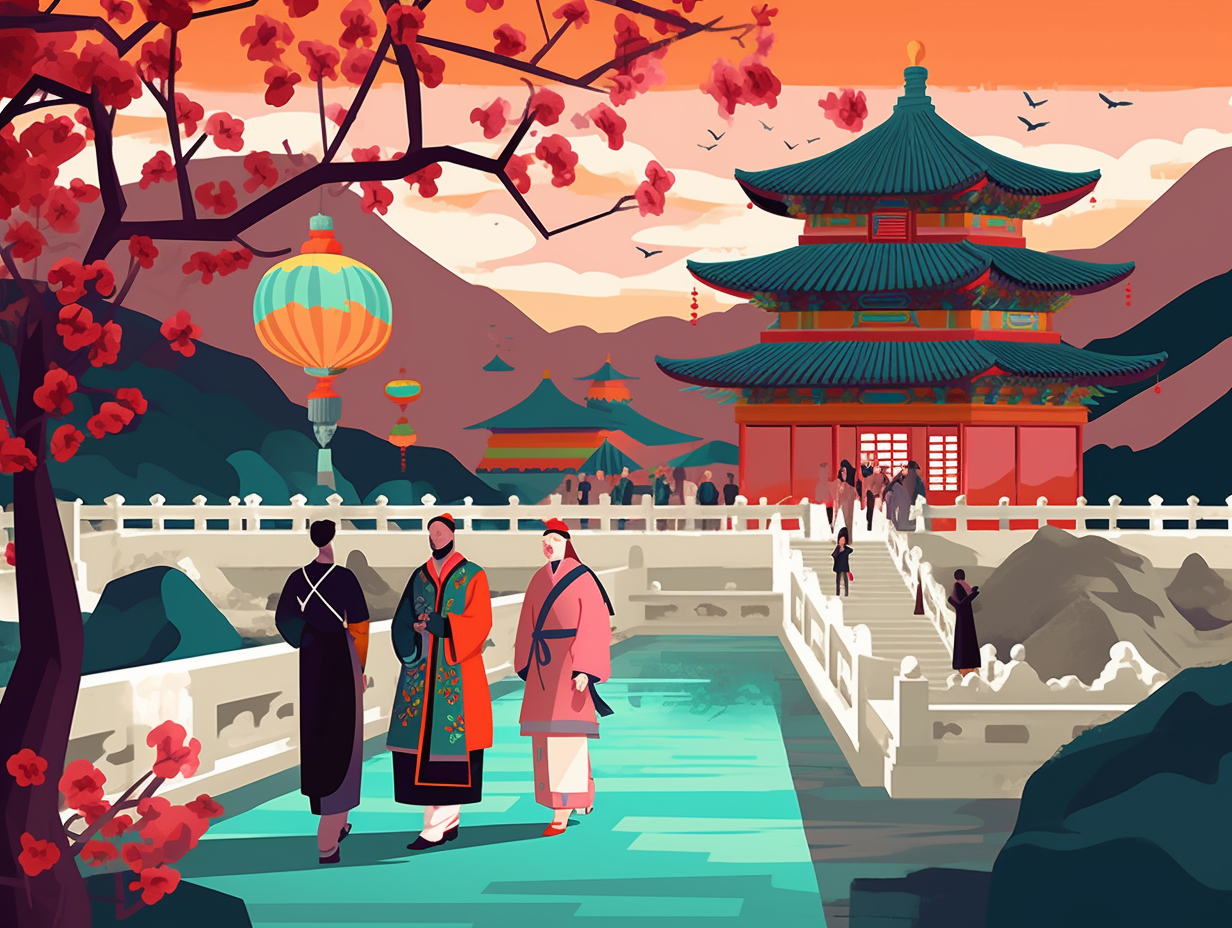
5. Cosmic Real Estate
Once upon a cosmic time, way before GPS and Google Maps, ancient Chinese architects consulted the heavens for inspiration, accidentally inventing "celestial real estate": The Forbidden City was actually named after the Purple Forbidden City, a region near the north celestial pole. It was designed to reflect the political power of the ruling dynasty who believed they held the Mandate of Heaven, showcasing the city as the earthly counterpart of the heavens, complete with a moat, four corner towers, and a geometrical layout that mirrored the celestial order.
Source => link.springer.com
6. Power-Hungry Eunuchs
Talk about a "scrotal scratch" of astronomical proportions: Eunuchs during the Ming Dynasty's Wanli Emperor wielded excessive political power and became the exclusive middlemen between officials and the emperor, raking in bribes and ultimately bankrupting the central government, leading to the end of the Ming Dynasty.
Source => asiaculturaltravel.co.uk
7. Emperor's Casual Stroll
When the emperors hoofed it around town: The Forbidden City in Beijing, China, wasn't just a fancy domain restricted to elaborate palanquins – it was actually a sprawling imperial pad where emperors of yore bypassed the luxury transport and walked or rode horseback while navigating the labyrinthine expanse of gatehouses, courtyards, and buildings.
Source => en.wikipedia.org
8. Moat of Secrets
"Why did the emperor cross the moat? To fetch his secrets from the Forbidden City, of course!": The moat surrounding the Forbidden City, known as the Tongzi River, is 52 meters wide, 4 meters deep, and 3.5 kilometers long, not only serving as a defense mechanism but also as the essential water supply and drainage system for the palace, with the Inner Golden Water River's banks and bed constructed of white marble.
Source => chinatoday.com.cn
9. World's Longest Renovation
If you think your family's home renovation takes ages to complete, imagine waiting around for 1,000,000 workers to wrap things up in 14 years: The Forbidden City, located in Beijing, was constructed during the Ming Dynasty from 1406 to 1420 and boasts 980 magnificent buildings. It utilized rare Phoebe zhennan wood and marble blocks from nearby quarries, ultimately serving as the dwelling place for 24 emperors and their families for nearly half a millennium.
Source => buffaloah.com
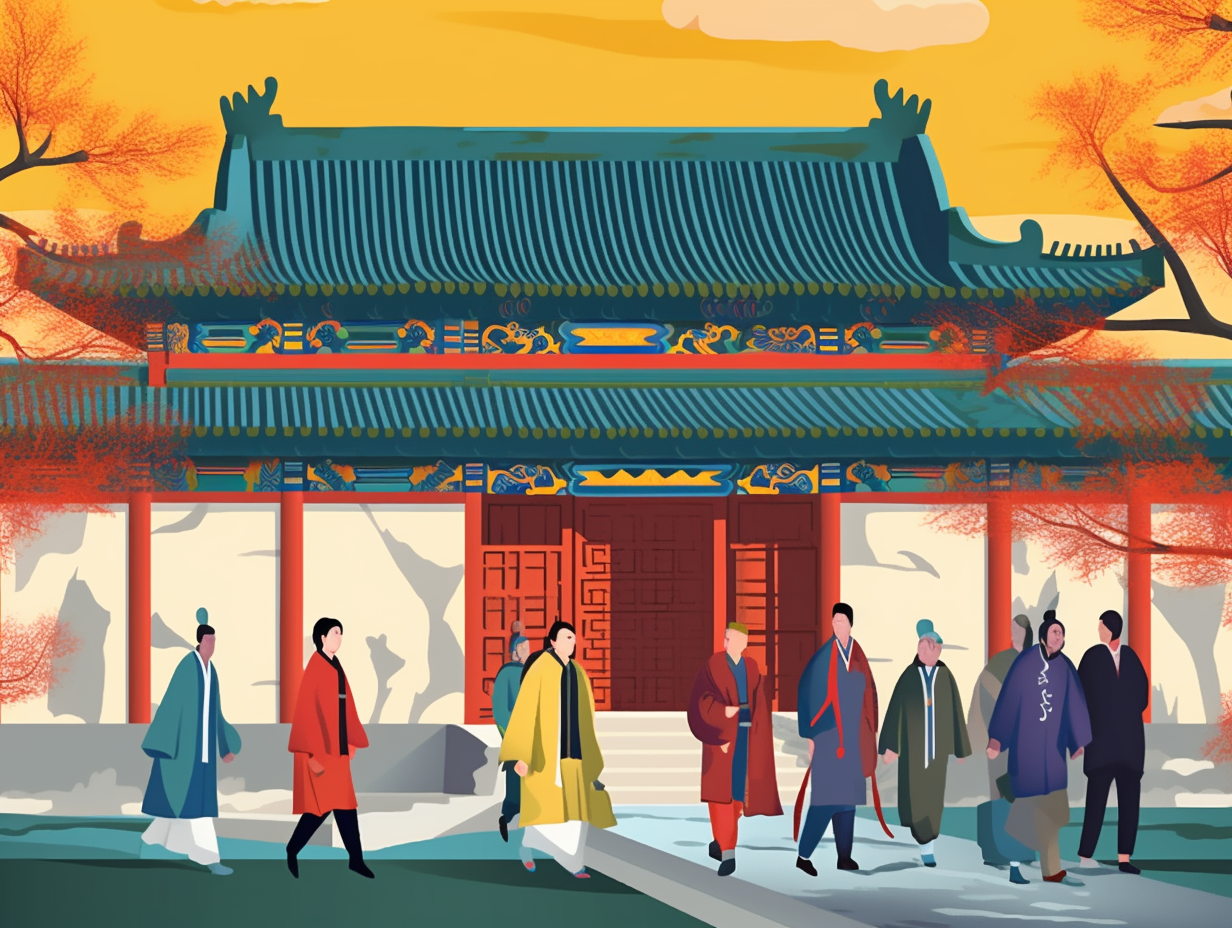
10. Roof Fashion Trend
Who says the emperor can't be the king of the hill, or more accurately, king of the steep roof? The Hall of Supreme Harmony in the Forbidden City rocks a double-eave hip roof so radical it's practically a fashion statement for buildings: The design showcases just how VIP the emperor was, towering above the rest of society with a roof slope as steep as their absolute power. Lesser buildings had to settle for more humble headwear, keeping the steep roof as the emperor's exclusive accessory.
Source => asianstudies.org
11. Ghostly Sightings
You know what they say, "usually when you're seeing ghosts, it's time to lay off the spirits," but even the guards of the Forbidden City couldn't shake the feeling of phantom company: A weeping woman garbed in white roams the ancient palace's grounds, eerily haunting visitors and guards, making the Forbidden City all the more mysterious.
Source => cathaypacific.com
12. Forgotten Garden Rediscovered
It was the Emperor's little secret: tucked away behind palace walls, forgotten, like a piece of chocolate left in the pocket of an unwashed pant; until a whiff of charity, a sprinkling of cash, and some mouth-watering restoration made it brand new again: Emperor Qianlong's private garden in the Forbidden City, ravaged by a fire in 1923, was brought back to life in 2005, thanks to generous funding from the Hong Kong-based China Heritage Fund, marking the first large-scale reconstruction within these mysterious walls since the early 20th century.
Source => asiasociety.org

